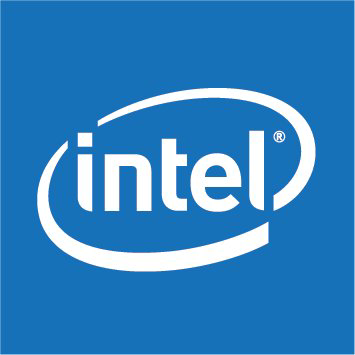This article first appeared on GuruFocus.
Intel Corp. (NASDAQ:INTC) is taking another shot at redemption. After months of upheaval under CEO Lip-Bu Tan, the chipmaker has launched its new Panther Lake processors built on 18A manufacturing technology that the company says outpaces anything made in the United States. The debut marks a turning point for Intel’s turnaround plan, which now carries the backing of Washington, Nvidia (NASDAQ:NVDA), and SoftBank (SOBKY). The U.S. government’s investment has made it Intel’s largest shareholder, underscoring how the company’s fate has become intertwined with domestic chip ambitions. Investors, however, want proof that Intel can turn those partnerships into products that win back the AI market it ceded to Nvidia.
At the heart of this push is Fab 52, Intel’s new Arizona facility that’s now in full production of 18A chips. The company describes two defining breakthroughs gate-all-around transistors for greater efficiency and backside power routing to reduce interference a combination that could allow PCs to run advanced AI workloads while consuming less energy. The new Panther Lake line is expected to appear in laptops early next year, forming the first public test of whether Intel’s design leap can translate into real-world performance gains. Executives framed the technology as proof that Intel is once again capable of producing leading-edge chips on U.S. soil, aligning with President Trump’s broader manufacturing agenda.
Still, Intel’s recovery remains a work in progress. The company is in its second year of losses and doesn’t anticipate returning to profitability for several more. Its foundry ambitions face stiff competition from Taiwan Semiconductor Manufacturing Co. (NYSE:TSM) and Samsung Electronics (SSNLF), both of which dominate contract chipmaking. Intel Foundry head Kevin O’Buckley acknowledged the stakes, saying, Don’t trust us until we can do that. The message to investors was blunt: only by turning its 18A breakthroughs into profitable, high-volume production can Intel regain credibility and possibly reclaim the leadership position it once defined.
